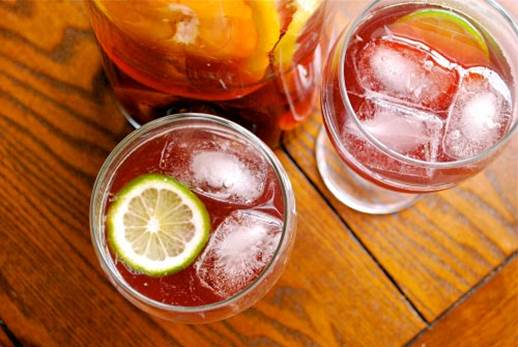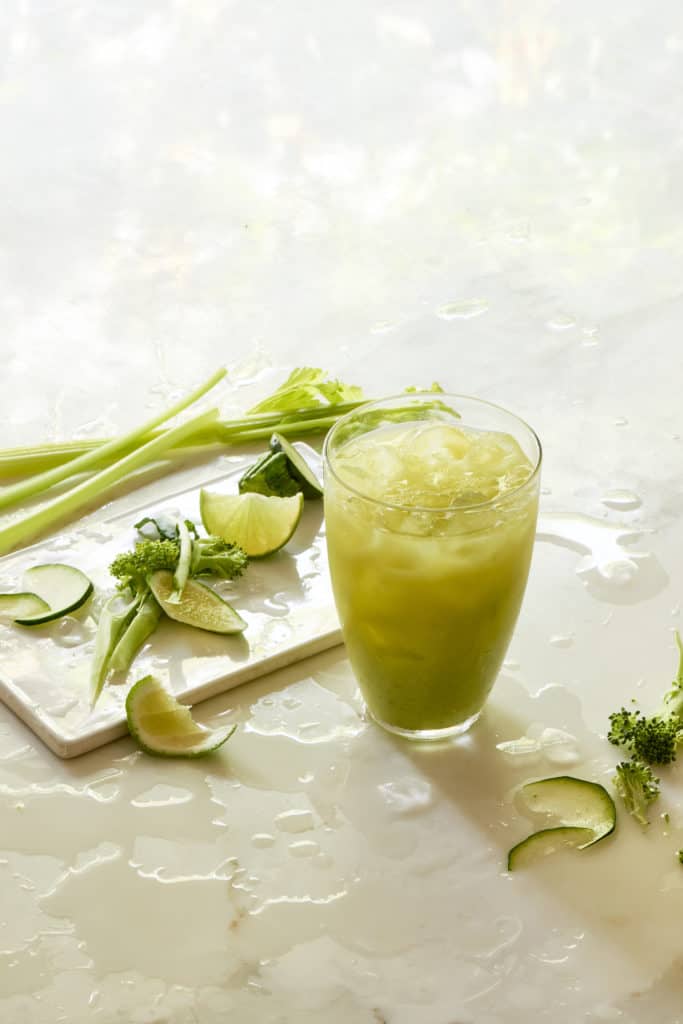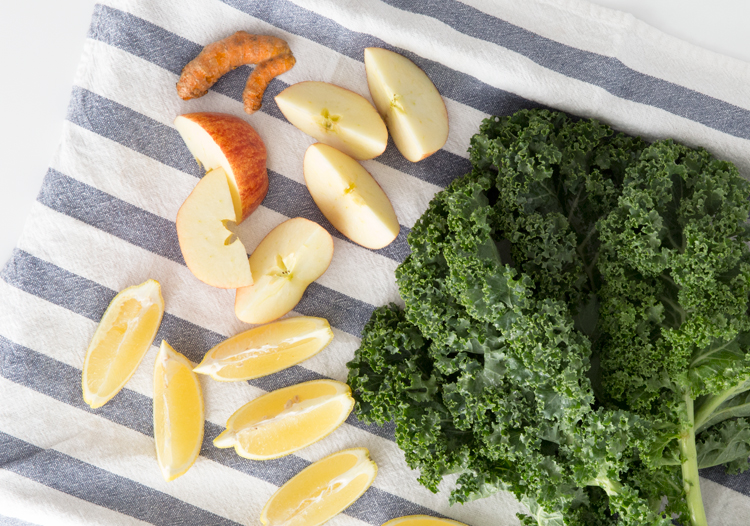


If you’re freezing farmers market Honeycrisps for a future batch of applesauce or apple bread, lemon juice is your best bet. Vinegar works too because of its acidity, but it’ll potentially impart a more unpleasant taste than these other alternatives. Swap out the red apples with green and sub the. Grind remaining ingredients and press together. If you don’t have a juice press, peel the lemon and juice with the rest of the ingredients. Cut the lemon into wedges, and core the apple. red apple: 17.25 oz: 489 g: 2 1/2 medium apples: lemon: 2.79 oz: 79 g: 1 medium lemon: ginger: 0.12 oz: 3 g: 1/3 inch ginger root. No fresh lemons? Try bottled lemon juice, lemonade or even orange juice-as long as it’s acidic, it’ll slow browning. Rinse celery stalks, cucumber, lemon, and an apple if you’re using it. Give the apples a quick spritz of lemon juice, or dilute a few drops of lemon juice in water and soak the apple slices. Ever wonder why store-bought apple slices are always so white and crunchy? They’re often treated with ascorbic acid, citric acid or sulfites-lemon juice (another acid) works the same way. Essentially, the acid reacts with the enzyme before the enzyme and oxygen have a chance to react with the apple. Lemon juice’s high acidity and low pH deactivates the enzyme that causes browning. Then, keep them in the fridge.It’s the oldest trick in the book.

To test it out, you can try this recipe: 3 pounds of apples (sliced) 1 large egg. The vinegar will stop the apples from oxidizing and will balance out the sweetness of the dish. It has a similar acidic profile with a tart aftertaste. After you’ve chosen a method and treated your apples, store them in an air-tight container, this could be Tupperware or even a zip-lock bag. Another great substitute for lemon juice is vinegar. Treat and Keep in an Air-Tight ContainerĪgain, the most important part of keeping apples from browning is to reduce or eliminate the apple’s exposure to air after it’s been cut. The only downside of using this method is that the juice will impart a little bit of flavor onto the apple-so pick your favorite. It is fresh, fruity, tangy and amazingly thirst quenching. Poured over ice it offers extreme refreshment. But there are actually a few ways to use juice in order prevent browning: 1) you can add two tablespoons of juice to water and submerge the apple slices, 2) you could submerge the apples into juice, or 3) you can simply squeeze lemon, lime, or orange directly onto the surface of the cut apple. It’s a simple blend of apple juice, lemon juice and fresh mint. What do these juices have in common? They contain citric acid, which slows the chemical reaction and prevents browning. If you want to take the submersion method up a notch, you can add a little bit of citrus or pineapple juice to the water. Additionally, this is one of the methods that will not unpleasantly alter the apple's taste. This works because there is a compound in honey that stops the enzyme responsible for oxidation. Stir two tablespoons of honey into one cup of water and soak your apple slices in the mixture for 30 seconds. Give the slices a quick rinse in fresh water after you drain them, so your fruit won't taste salty. Then add in the apple slices, let them soak for a few minutes, then drain them. So all of the acidic juices we chose had a pH greater than 3 except lemon juice. The enzyme is deactivated when an acid is applied but the acid has to have a pH less than 3. When this enzyme combines with air it oxidizes and starts the browning process. Water and Saltĭissolve 1/8 teaspoon of salt into one cup of water-always be careful not to add too much salt. Basically, when apples are sliced they release an enzyme called polyphenol oxidase. I soaked the apple slices in the water for five minutes, then rinsed in a colander under running tap water. So it has to work well, right Wrong I used 1 tablespoon of freshly squeezed lemon juice per cup of water. Neither of these techniques call for additional ingredients, and both work great for keeping the apples from browning. Lemon water has been one of the most common solutions for home cooks trying to stop apples from browning for hundreds of years.

Another technique is to put the apple slices in zip-lock bags with the air pressed out. Once the paper towel is wet, it will push the apples under the water's surface. Since the slices will float to the top of the water, place a clean paper towel on top. And the simplest way to do that is to submerge your apple slices in water. The most important thing you can do to avoid browning is to reduce the apple’s exposure to air.


 0 kommentar(er)
0 kommentar(er)
